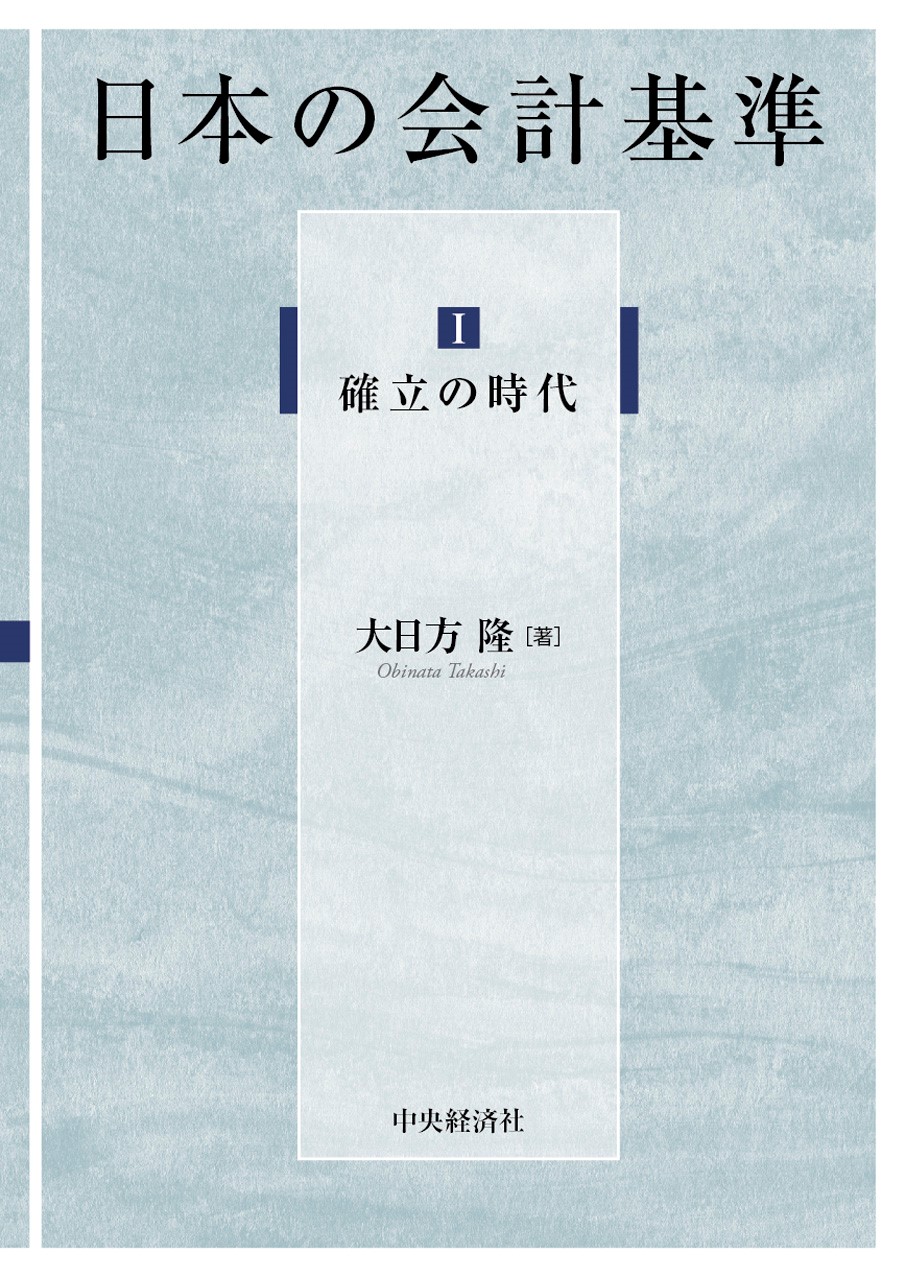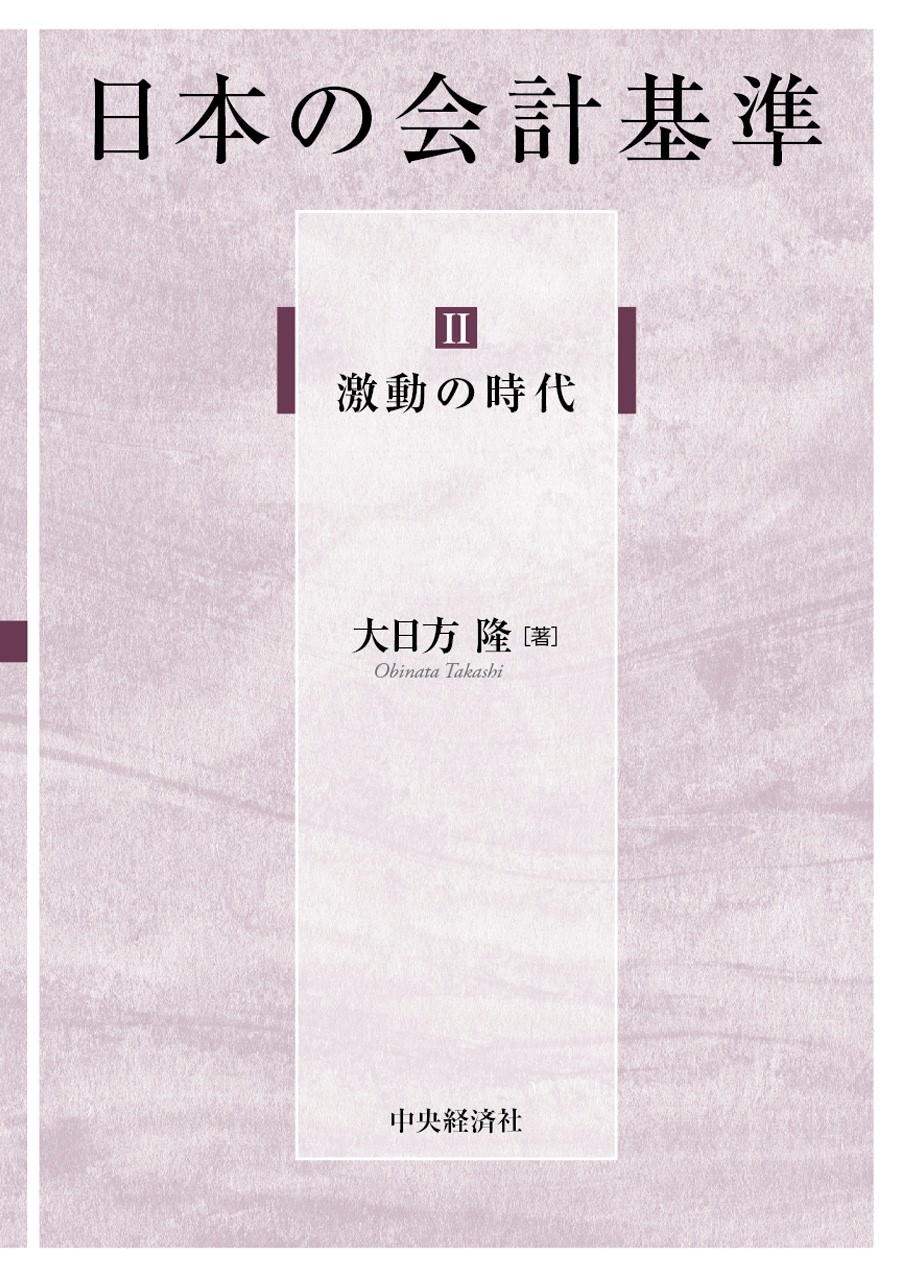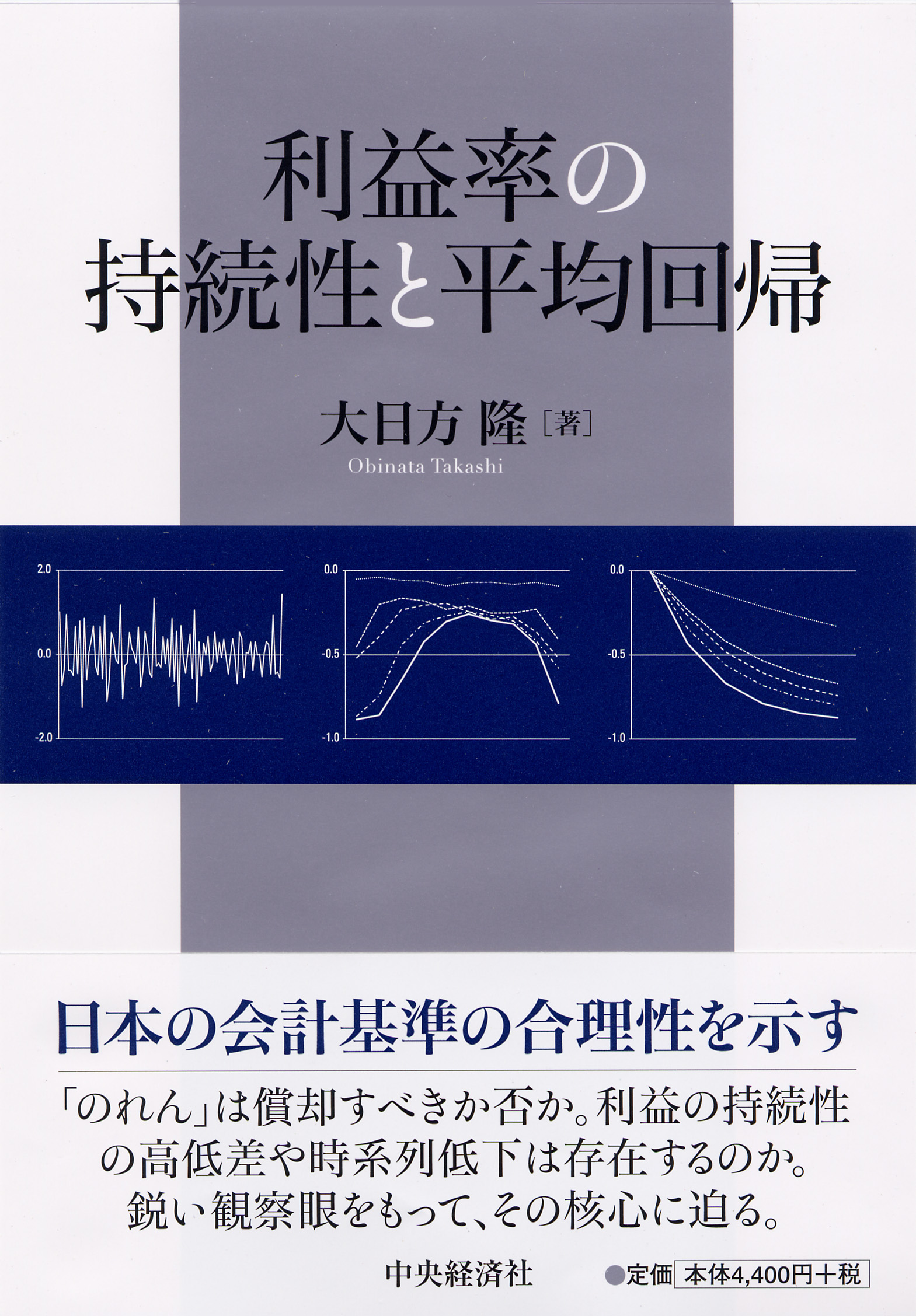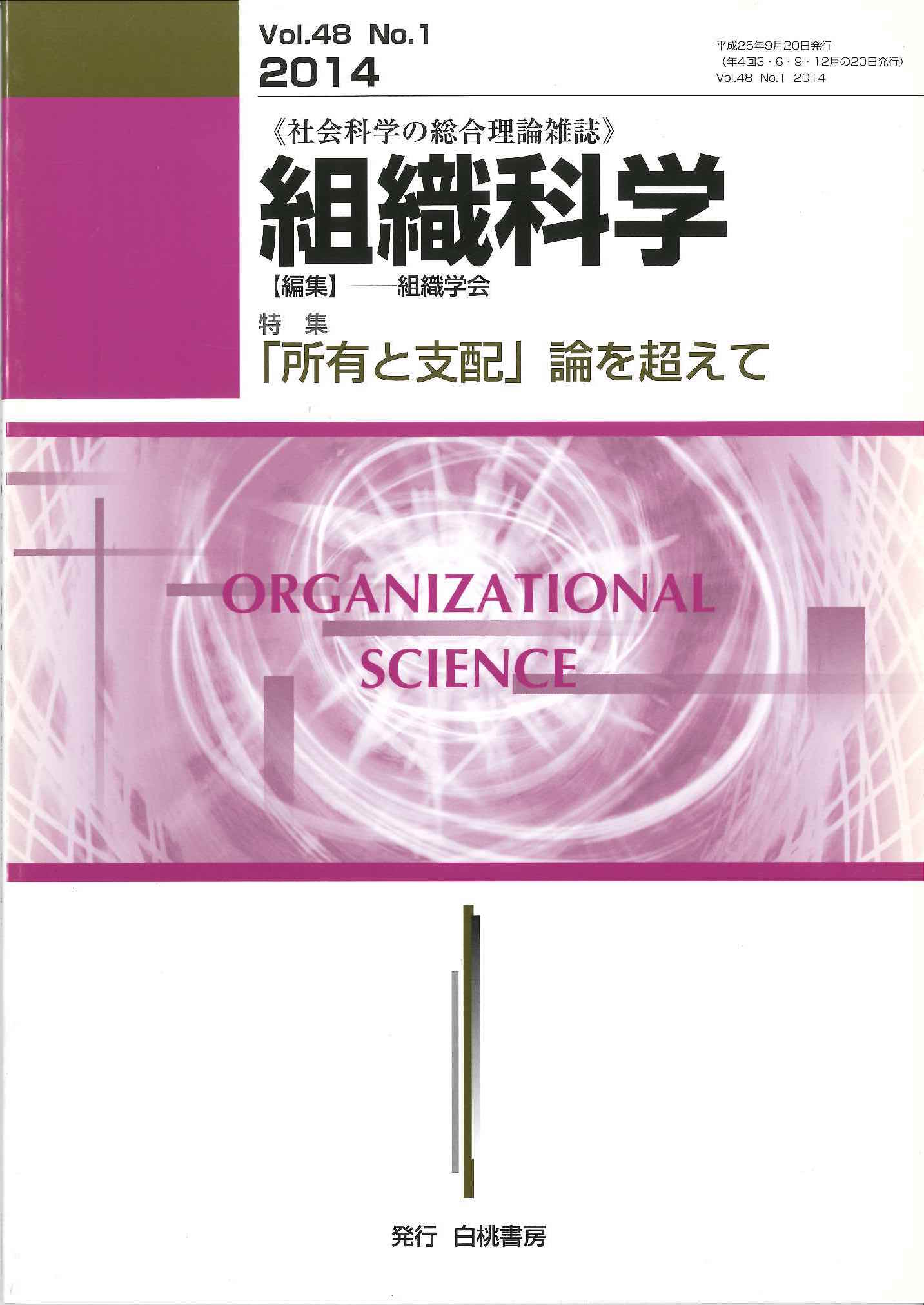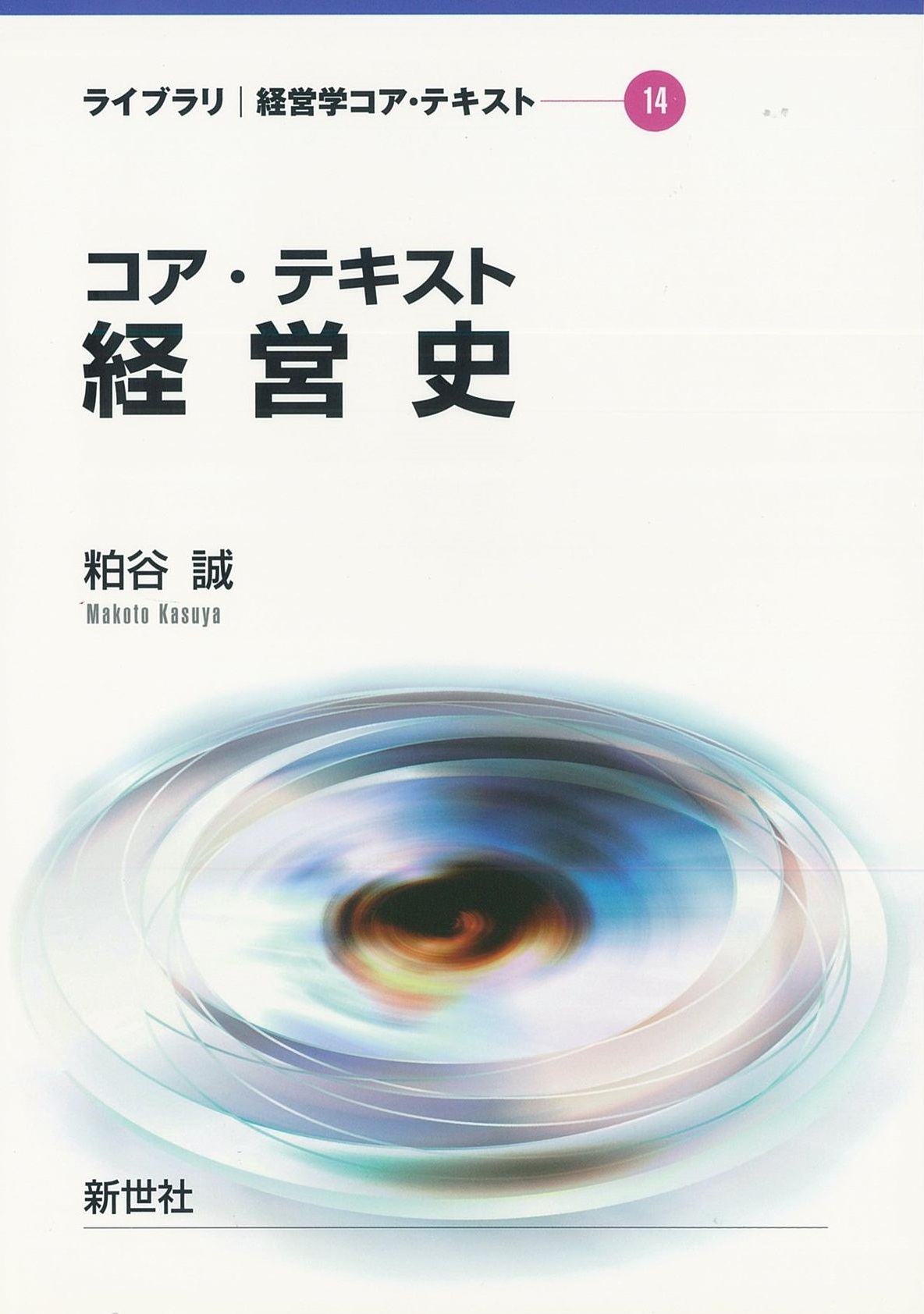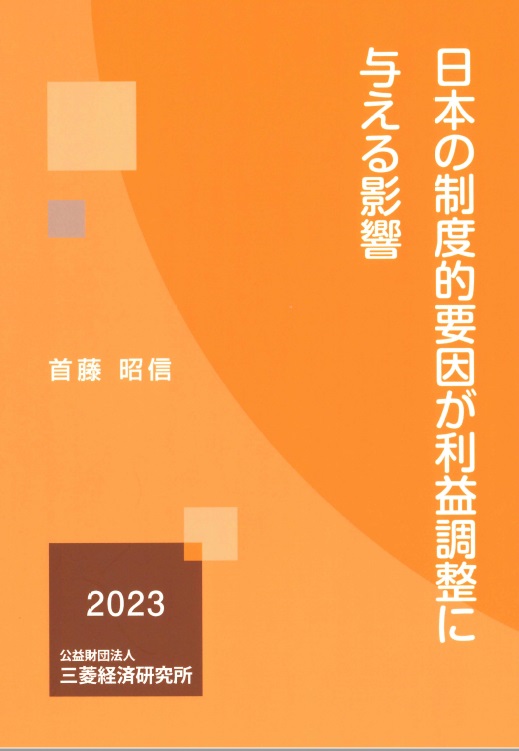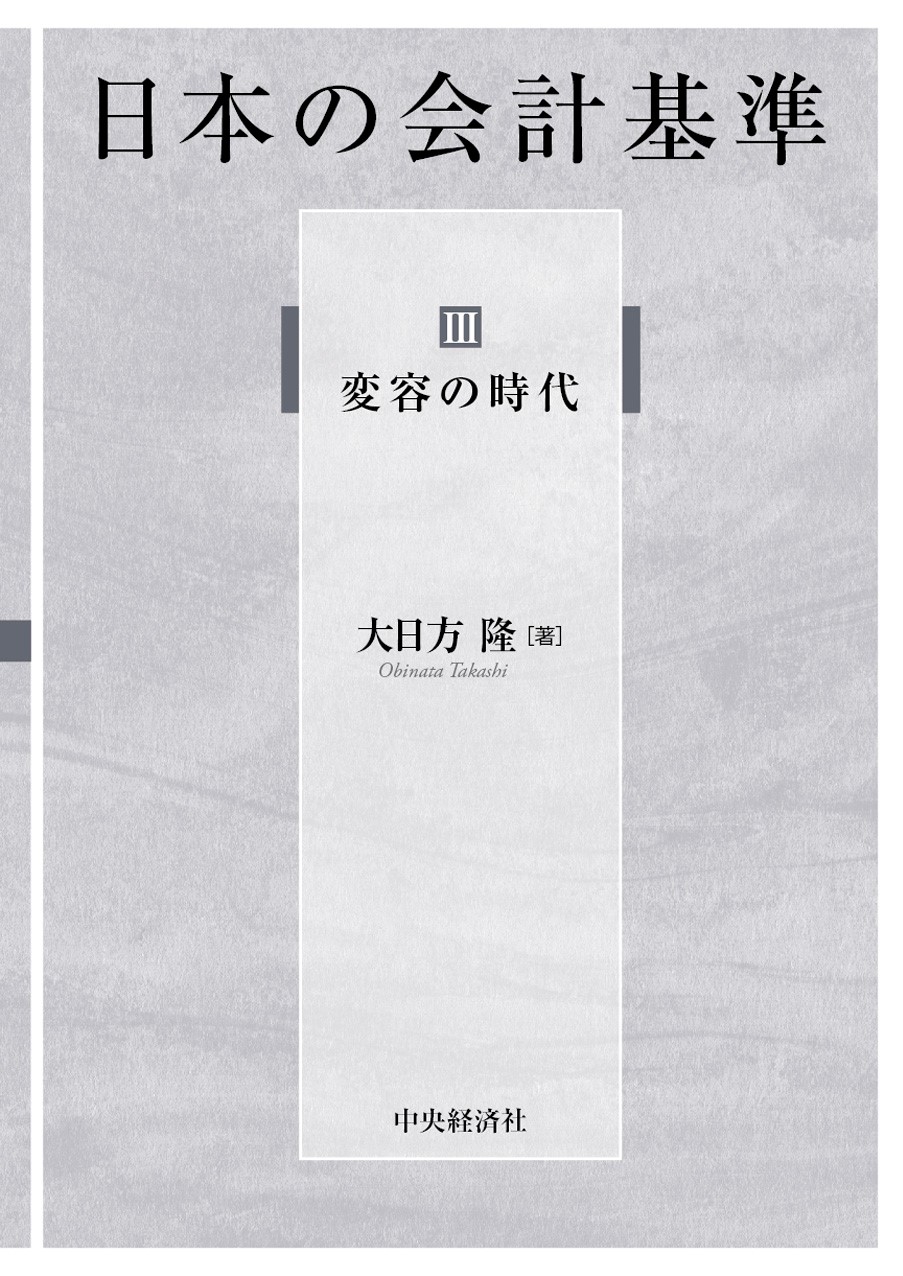
Title
Financial Accounting Standards in Japan: History and Theory Vol.3 Henyou no Jidai (Epoch of Transformation)
Size
464 pages, A5 format
Language
Japanese
Released
March 07, 2023
ISBN
978-4-502-43931-5
Published by
Chuo Keizai Publishing
Book Info
See Book Availability at Library
Japanese Page
Where did Japanese accounting standards come from, where are they now, and where are they headed? This book attempts to dynamically clarify the true nature of Japanese accounting standards. Since accounting standards are formed under the framework of certain accounting regulations, the state of accounting standards is strongly influenced by accounting regulations. Therefore, in order to capture the movement of accounting standards, it is necessary to clarify the nature of the static element, the structure of accounting regulations. At the same time, it is necessary to clarify the dynamic element of what factors caused the changes in accounting standards. The subject of this book is to describe how the static and dynamic elements appear, intertwine, and disappear in the "field" of the accounting system, which consists of a combination of accounting regulations and accounting standards.
Japanese accounting standards accelerated their convergence to IFRS after the baptism of equivalence assessment by the EU. As a result of convergence, the system of Japanese accounting standards was transformed. As Japanese accounting standards became more comparable to international standards, the systematics of Japanese accounting standards were severely compromised. The reason for this was that the logic relied on by the U.S. accounting standards and IFRS (IAS), which were the targets of convergence, differed from the logic that had been embodied in the previous Japanese accounting standards. Regardless of the path or the occasion for the international standardization of Japanese accounting standards, such a transformation or collapse of the system is inevitable if foreign accounting standards, which are logically different from Japanese accounting standards, are directly adopted.
This Volume III consists of two pillars. The most important pillar is the path dependency of accounting standards. In plain words, this means that accounting standards (their contents) are determined by political factors, economic factors, and accounting regulations at the time when they were developed and created. In other words, accounting standards bear a local space-time history. All the discussions on Japanese accounting standards in Volumes I and II reveal this path dependence, and the nature and identity of accounting standards are determined by historical paths.
If accounting standards are not formed only according to the ideal image or ideal type of accounting theory, then, apart from the principles of corporate accounting, the historical path should be an issue. Depending on the path (background circumstances, constraints of the era, etc.), accounting standards may be created as accounting theory assumes, or they may deviate from the theoretical assumptions. Even when describing the static situation of accounting standards at a certain point in time, it is not sufficient to explain the basic concepts and principles of corporate accounting. Furthermore, in order to describe dynamic changes in accounting standards, if the basic concepts and principles have not changed, the factors that caused the changes must be sought elsewhere. We focus on path dependence as a factor to explain this.
(Written by OBINATA Takashi, Professor, Graduate School of Economics / 2023)



 Find a book
Find a book


